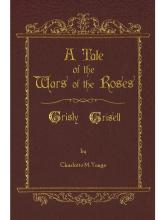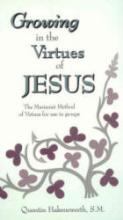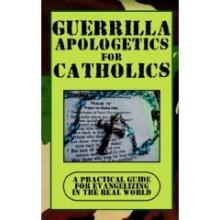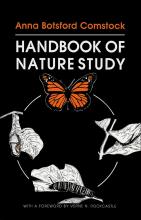No name
Greenleaf Guide to Famous Men of Rome
Gregor Mendel
Grisly Grisell
Grisly Grisell begins with a bang, in fact, an explosion. Unfortunately, the result is more than a loud noise. Set in medieval England, during the War of the Roses (the reigns of Kings Henry V and Henry VI), the children of the castle are curiously investigating a keg when, to their horror, they discover that it contains gunpowder. The devastating result is a seriously wounded little girl, who is brutally scarred for life. How she, as well as others, deals with this devastating disfigurement affects much of the rest of the story. Can others see behind the ugly scars into the beauty of another's soul?
Grisly Grisell is one of the newly reprinted titles from Lepanto Press' Knights and Ladies series. It is a tale of adventure and good romance. Patience, perseverance and kindness are strong and noble virtues of Grisell, which endear her to others, including the reader.
What sets this book apart from others are the Catholic overtones. For example, Grisell has a positive experience growing up in a convent. In fact, she was hoping to be a nun, when her lack of a dowry and an unsympathetic Abbess (of course she is Spanish and this is British historical fiction) prevented it. Although the Catholic Church is presented, overall, very positively, this particular incident, when the Pope appoints a greedy relative to take over the convent, may warrant some discussion to clarify that there have been some terrible Popes in history, but that the Holy Spirit is still with the Catholic Church. Even though Grisell is prevented from becoming a nun, she is not embittered by the incident against the Church. She patiently accepts it as a cross to bear.
Although the story is fast paced and of interest to older readers (Ages 13-up), it could be read aloud to a younger audience. My only difficulty with the story is that it sometimes was confusing to know, in the larger scheme of the War, who was on whose side. Even if the reader is somewhat muddled, the story does eventually get worked out and the theme within the story carries the reader to the end.
Growing in the Virtues of Jesus
Guerilla Apologetics for Catholics
Guns for General Washington. A Story of the American Revolution
Handbook of Nature Study
This is a very informative handbook on a large portion of nature, originally written for elementary school teachers. It covers wildlife, insects, farm animals, birds, fish, trees, flowers, weeds, vegetables, rocks, minerals, soil, climate, weather, magnets, the sun, moon, planets of our solar system and much more. According to the 1986 foreword, most of the living things described are common in the northeastern states of the U.S. but it covers a lot of material that would be helpful in other parts of the country as well. I've hardly begun to use this resource, but it looks like an excellent reference for all of those questions children want to know about the world around them. It can also be used as a teaching tool and studied more systematically as there are simple lessons designed to be used with children included with each subject. As the lessons are designed to work with real observation of the plants, they are particularly appropriate for a home school. The book is profusely illustrated with black and white photos. I would guess that there's an average of two photos per page. The language is a little archaic and some of the words would be a little difficult for younger children.
Copyrights 1911/1939
Handwriting 5 for Young Catholics
Hans Brinker Or the Silver Skates
Hans Brinker is a story designed to bring children of the 19th century (from around the world) an understanding and appreciation of the culture, traditions and history of Holland. The story focuses on the Brinker family. Ten years before the story begins, the father was seriously injured working on the dikes (which keep the water out of the reclaimed land of Holland), leaving him with the intelligence of a small child. Mrs. Brinker struggles to meet ends while remaining faithful to her husband's wish to never sell a watch he had given her. The two children, Hans and Gretel, are shunned by many at school for their shabby clothing. Meanwhile the story develops with a number of Hans' schoolmates who take a skating trip along the frozen canals through several important Dutch cities. The boys visit various churches and museums, allowing the reader to be impressed by many interesting tidbits from Holland's history. In the end, Mrs. Brinker and her family's perseverance and faithfulness is greatly rewarded. A heartwarming classic tale and a great read-aloud for the family.









